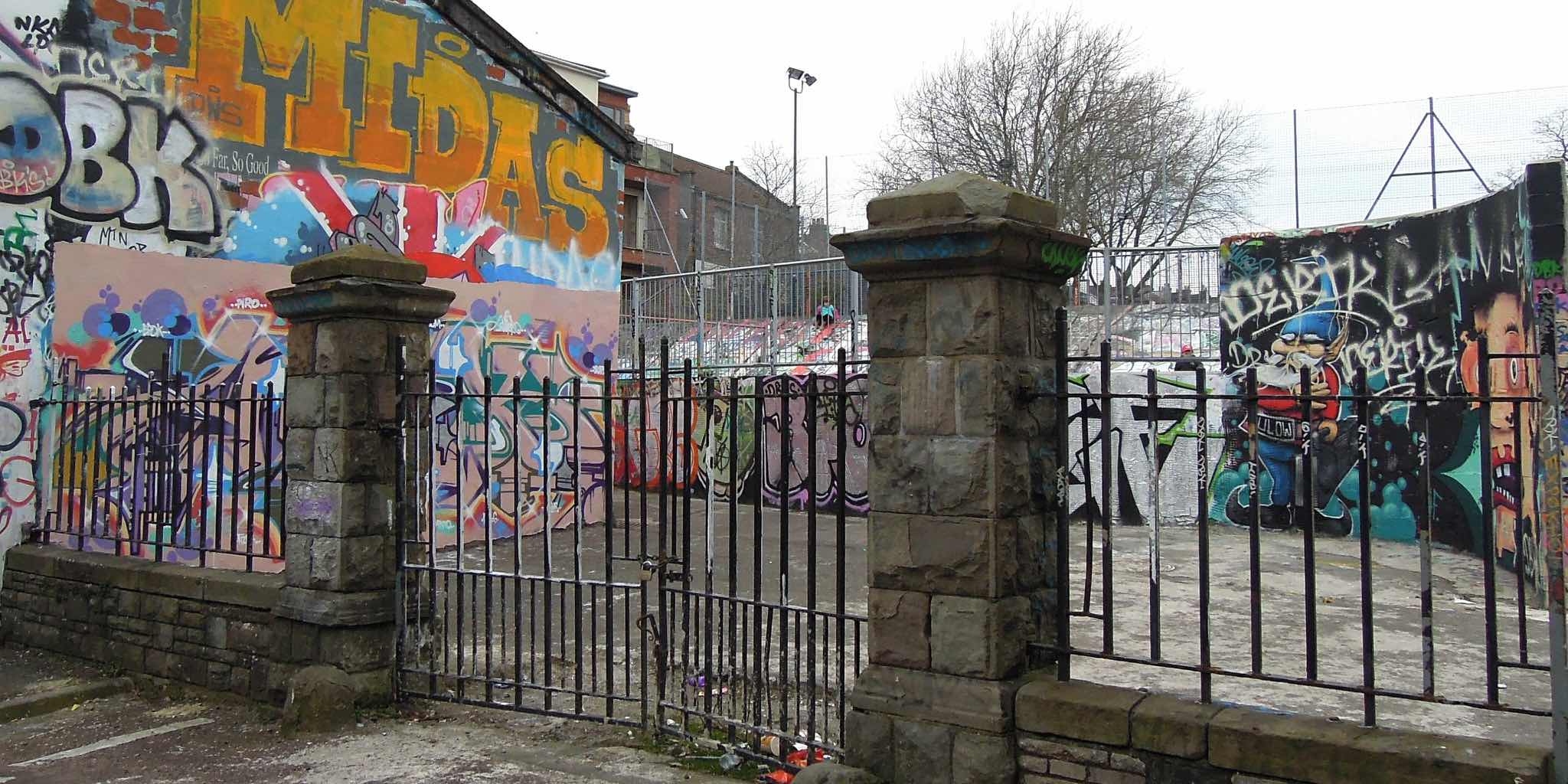
Everyone tells me our education system is broken. Curious, I typed, “education system is …” into Google. The top suggestion to complete the search phrase was “broken.” The next four were “flawed,” “failing,” “bad” and “messed up.” Just as I suspected.
I’m a big believer in Occam’s razor: all things being equal, the simplest answer is usually the right one. I’m also a big fan of the Duck Rule: if it looks like a duck, walks like a duck and quacks like a duck, it’s probably a duck.
So I’m going to go out on a limb here and say America’s public school system is broken. Which begs three questions: what is actually broken, how did it break, and since educating our future leaders is sort of important, how do we fix it?
I know this is an emotionally charged topic, but we don’t exactly mince words or sugarcoat the truth when a corporation, its employees and its shareholders are at stake. The same conditions should apply here, so forgive my directness.
What is actually broken?
If you ask ten people why they believe the education system is broken you will likely get ten different answers, mostly related to various sociopolitical causes and belief systems. For example, billions of federal taxpayer dollars have been spent on education reform to fix the problem of underperforming poor, inner city minorities.
Unfortunately, schools can’t do what families won’t or can’t. Government can’t fix cultural problems. Having been on this path of increasing federal legislation, regulation, and subsidies of local school districts for just shy of half a century now, we should know better.
Not only has it done no good, it’s actually the primary reason we’re in this mess. But let’s not get ahead of ourselves. Here’s what I think is actually broken.
Related: Are We Teaching Our Kids to Fail?
Students are no longer getting the straight story about how and why our nation was formed, among other important historical, political and fiscal lessons. As a result, fundamental principals of our way of life – the importance of personal responsibility and competitive free markets – are being systematically deleted from our culture.
They are, on the other hand, getting an overdose of political correctness, diversity and inclusion, left-leaning worldview, and all sorts of subjects that do not belong in public school curriculums and waste precious time and resources.
Schools cater to the lowest common denominator. Can’t speak the language, no problemo. Everyone passes, everyone is a winner and nearly everyone gets an “A.” Without meritocracy and competition, when nothing they do matters, how do we expect kids to be driven to excel?
Curriculums are entirely skewed toward achieving standardized test scores so states and school districts get federal funding as opposed to teaching students what they need to learn to be productive and successful in the real world. Teachers are hamstrung and disengaged. So are students.
Tenure, airtight labor contracts, and teachers and administrators that can be neither disciplined nor fired have all but wiped out any vestige of meritocracy and competitive spirit. That coupled with metrics that reward the wrong behavior has devastated individual accountability, performance and innovation.
Parents, teachers and administrators systematically drug, herd and discipline students as if they are animals instead of dealing with them as people.
I see kids with roller suitcases and backpacks that weigh a ton. That is just plain nuts.
Related: Why Our Kids are All Tech Addicts
How did it happen?
In 1965 President Lyndon Johnson started federal funding of public schools as part of his “Great Society” initiative. Additional legislation, subsidies, bureaus, institutions and councils were added in 1972 and President Carter created the Department of Education in 1979.
Then all hell broke loose. President Clinton’s Goals 2000 and America’s Schools Act and Bush’s No Child Left Behind took federal subsidies and regulation of public schools to a whole new level. Today, states and school districts are addicted to federal funding and beholden to onerous testing, measurements, qualifications, and rules.
According to the Cato Institute, “the federal government has expended hundreds of billions of dollars on the schools, yet all it has to show for it is stagnant test scores, huge bureaucracies, and masses of federal regulations that smother local innovation.”
There is a wise old saying: if it ain’t broke, don’t fix it. I grew up in the New York City school system. My high school turned out several Nobel Prize winners and hundreds of successful and famous people. It was not perfect, but it worked. It was not broken but we fixed it anyway. Boy did we fix it. And this is the result.
Government bureaucrats swooped in, throwing big bucks at a problem that didn’t exist. The result is bloated administrations, layers of deadwood management, flawed goals and metrics that reward the wrong behavior, and disengaged teachers and students devoid of innovative ideas and methods.
Is it any wonder that bone-crushing bureaucracy has turned teachers into bureaucrats and schools into inefficient and underperforming government institutions? That’s why our per capita spending is so high and performance so low. That’s also why charter schools work so well: they operate outside the bureaucracy in a competitive market.
Next up: How do we fix it? Stay tuned …
Image credit David McKelvey via Flickr
A version of this originally appeared on FOXBusiness.com.